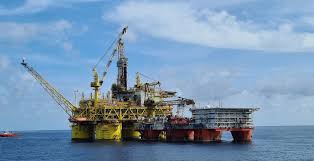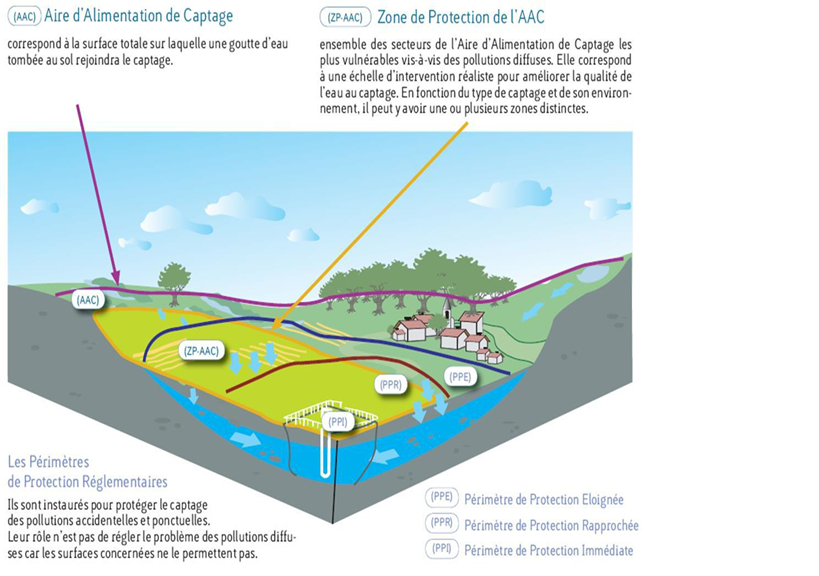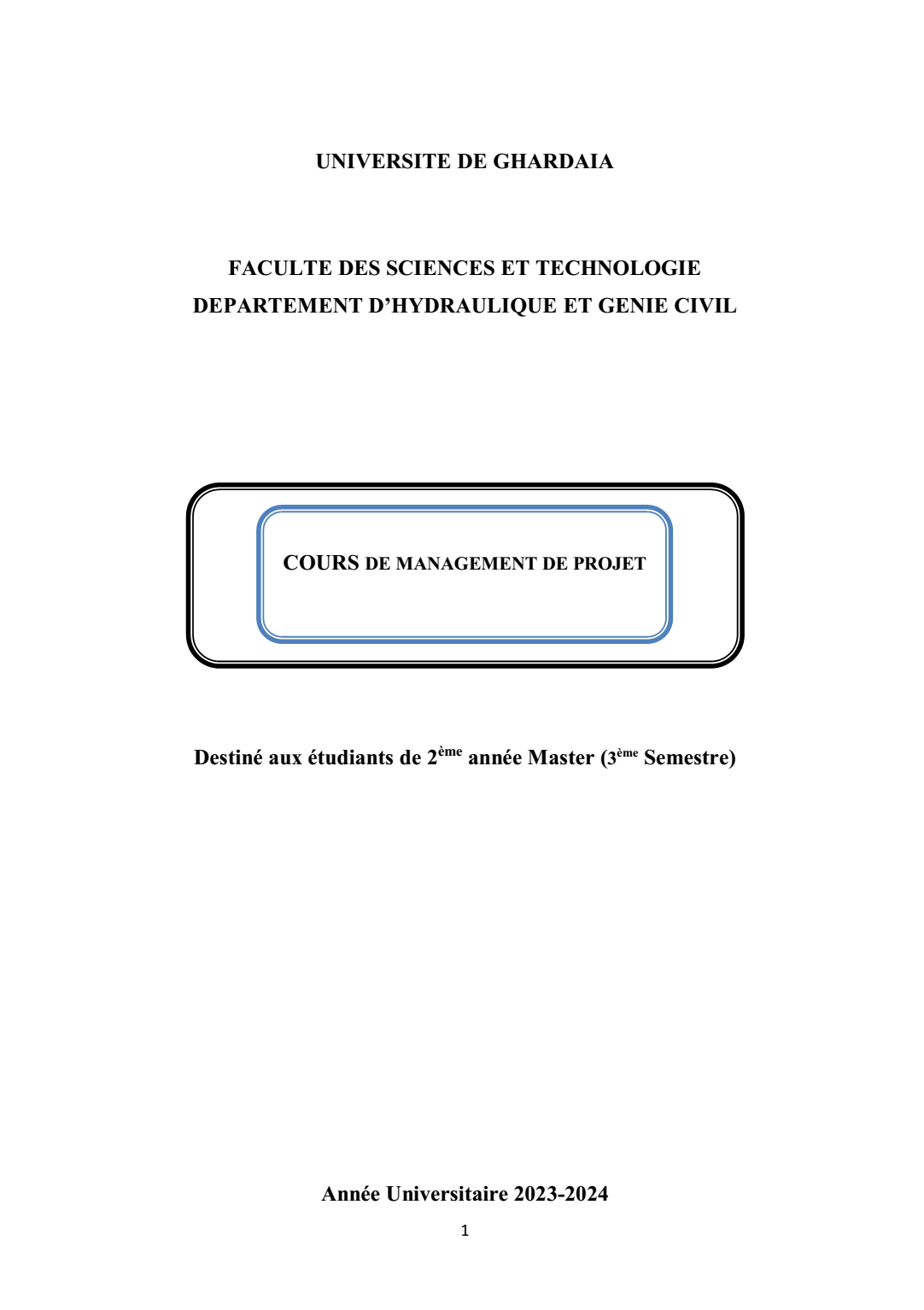
Abstract:
The course "Exploration and Drilling Techniques" provides a comprehensive overview of the principles, methods, and technologies used in the investigation and development of subsurface resources. It is designed to equip students and professionals with the theoretical background and practical skills necessary for effective site characterization, groundwater prospecting, geotechnical surveys, and the installation of boreholes or wells for various applications, including water supply, mineral exploration, and environmental monitoring.
The first part of the course introduces the fundamental concepts of subsurface exploration, focusing on geological, geophysical, and hydrogeological surveying methods. Participants will learn how to interpret surface indicators, topography, and soil/rock profiles to identify potential drilling targets. Emphasis is placed on geophysical techniques such as electrical resistivity, seismic refraction, magnetometry, and ground-penetrating radar (GPR), which are commonly used to assess subsurface conditions non-invasively.
The second part of the course focuses on drilling technologies, presenting the main types of drilling methods—such as percussion drilling, rotary drilling, air-lift drilling, and down-the-hole (DTH) hammer techniques. The choice of technique is analyzed based on geological context, required depth, borehole diameter, and operational constraints. The course also covers the materials and equipment used in drilling operations, including drill bits, casings, drilling fluids, and support systems.
Additionally, the course addresses well design and completion, including borehole logging, casing and screen installation, gravel pack placement, development procedures, and well disinfection. Students are taught how to ensure the hydraulic efficiency, structural integrity, and long-term sustainability of the borehole.
Important attention is given to data collection, interpretation, and reporting, as well as health, safety, and environmental (HSE) considerations throughout drilling operations. The course integrates field demonstrations, case studies, and simulation exercises to provide real-world context and hands-on experience.
By the end of the course, participants will be able to:
-
Select and apply appropriate exploration methods based on site conditions
-
Analyze and interpret geophysical and geological data
-
Choose suitable drilling techniques and equipment
-
Design and construct functional and durable wells
-
Evaluate environmental and operational risks associated with drilling
This course is particularly valuable for students and professionals in hydrogeology, geotechnical engineering, environmental sciences, civil engineering, and natural resource exploration, preparing them for roles in field investigation, project planning, and water resource management.
- معلم: BOUTELLI Mohamed hicham
Ce cours est pour but d’exposer l’art d’irrigation et d’examiner tous les sciences et les techniques rattachées à cet Art. L’irrigation consiste à apporter artificiellement une certaine quantité d’eau au niveau des pour en augmenter la production et permettre leur développement normal, en cas de déficit d'eau. Une bonne irrigation, doit être économe d'eau. Cela veut dire qu'il faut apporter à la plante l'eau dont elle a besoin pour se développer.
- معلم: OULEDBELKHIR Chikh

Ce cours est pour but d’exposer l’art d’irrigation et d’examiner tous les sciences et les techniques rattachées à cet Art. L’irrigation consiste à apporter artificiellement une certaine quantité d’eau au niveau des pour en augmenter la production et permettre leur développement normal, en cas de déficit d'eau. Une bonne irrigation, doit être économe d'eau. Cela veut dire qu'il faut apporter à la plante l'eau dont elle a besoin pour se développer.
- معلم: OULEDBELKHIR Chikh
Ce cours est pour but d’exposer l’art d’irrigation et d’examiner tous les sciences et les techniques
rattachées à cet Art. L’irrigation consiste à apporter artificiellement une certaine quantité d’eau au niveau
des végétaux cultivés pour en augmenter la production et permettre leur développement normal, en
cas de déficit d'eau. Une bonne irrigation, doit être économe d'eau. Cela veut dire qu'il faut apporter
à la plante l'eau dont elle a besoin pour se développer.
- معلم: OULEDBELKHIR Chikh

L’objectif de ces enseignements est d’initier l’étudiant aux bases fondamentales et modernes
du management des projets
- معلم: BOUBELLI Salim
- معلم: Selma BENBITOUR
